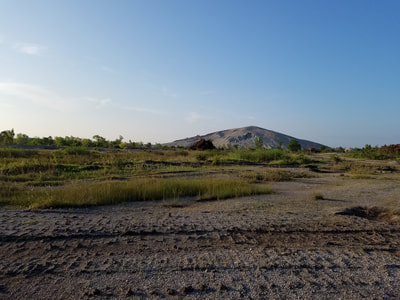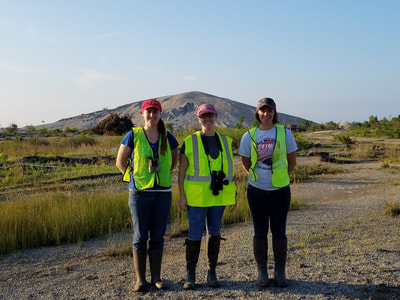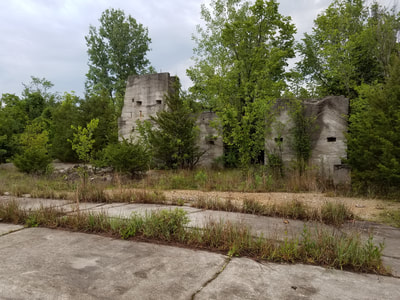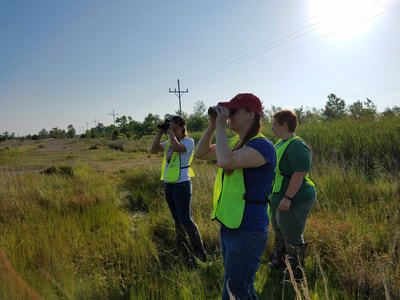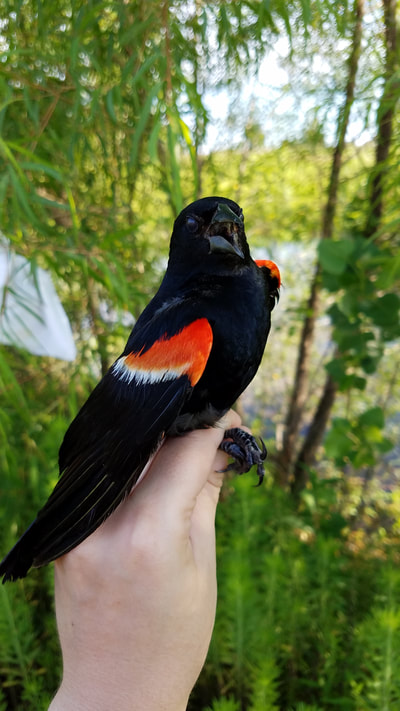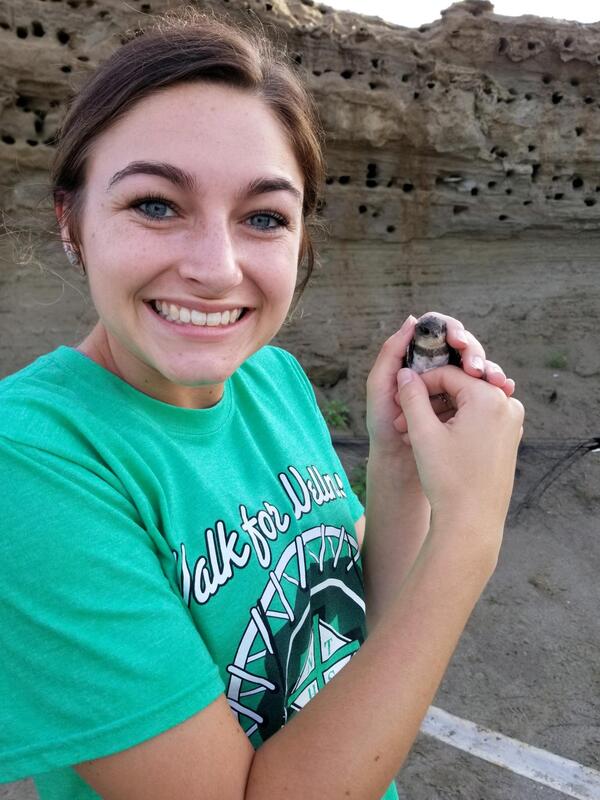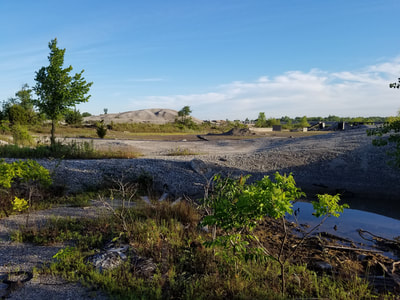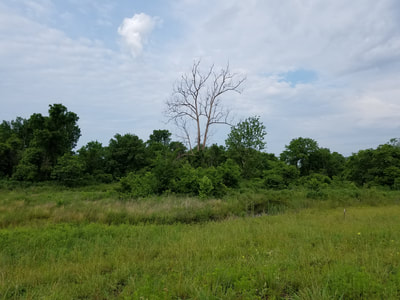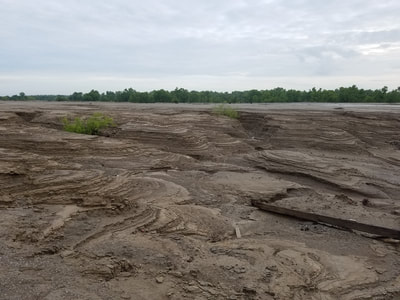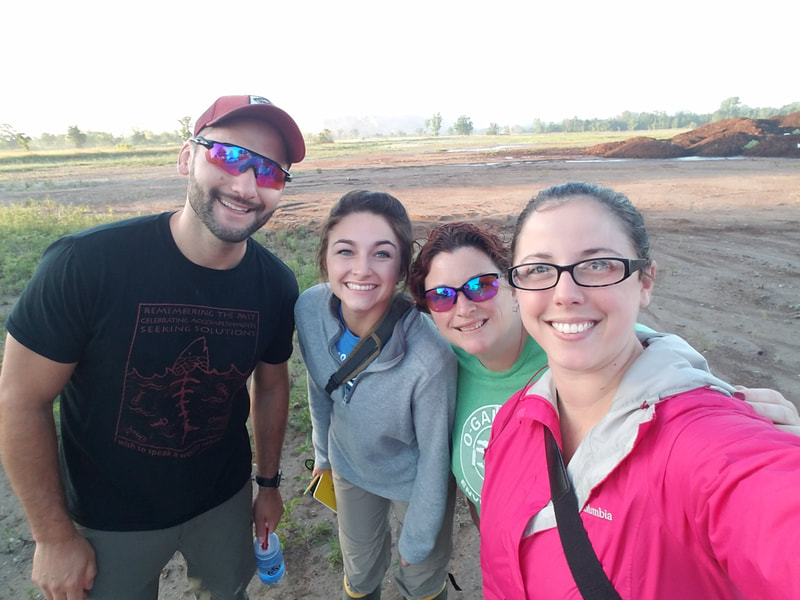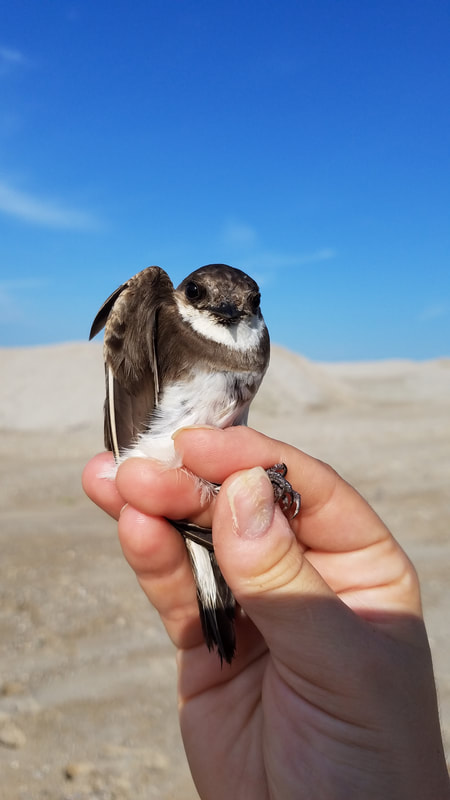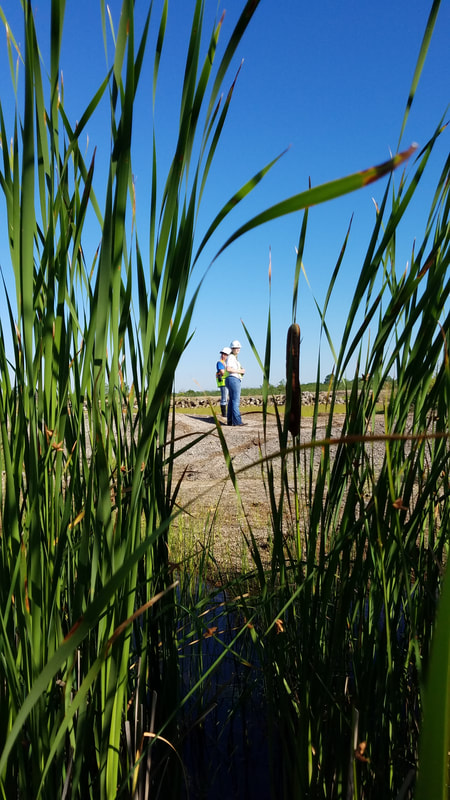The Tar Creek Superfund Site was once the location of the world’s largest lead and zinc mining areas. In this study, we are researching how habitat remediation of a heavy-metal contaminated area impacts biological diversity and nearby residents. In the summer of 2017, began surveys at 22 locations within the Tar Creek Superfund site in various stages of remediation. We sampled each location’s vegetation and bird communities via point count surveys. Preliminary results from that summer included observing 59 bird species and 21 tree species across the mined area. Future goals are to monitor these sites annually to document biodiversity changes with continual remediation at the sites. Future portions of this study will analyze the human dimensions and health impacts of remediation efforts in the Tar Creek community, particularly for Quapaw Tribe residents.
Collaborators: Quapaw Nation; Summer King; Craig Kreman
Funding: Institutional Development Award (IDeA) from the National Institute of General Medical Sciences of the National Institutes of Health (#P20 GM103418)
Publications:
Collaborators: Quapaw Nation; Summer King; Craig Kreman
Funding: Institutional Development Award (IDeA) from the National Institute of General Medical Sciences of the National Institutes of Health (#P20 GM103418)
Publications:
- We are currently in the data collection phase of this project.
- Poster presentations:
